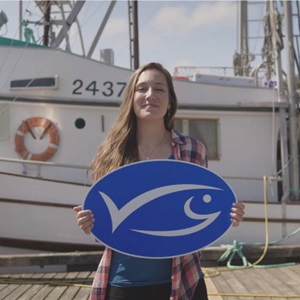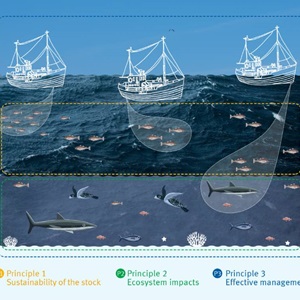Dredges are rigid structures that are towed along the seabed to harvest bivalves such as scallops, oysters, and clams.
The design of dredges varies depending on the species being targeted, but many consist of a triangular frame. A bar (with or without teeth) at the front of this frame dislodges shellfish as it is dragged over the sediment and passes them into a metal collecting basket. By contrast, hydraulic dredges use jets of water to disturb the seabed and dislodge shellfish. The use of specific mesh sizes and escape panels prevents any undersized or non-target species from being retained in the basket.
/dredging-gear-illustration.jpg?sfvrsn=d5c5641_6)
The environmental impact of dredging varies significantly depending on the type of sediment on the seabed and the habitat it supports. As such, there is often strict regulation around the types of dredge permitted and the frequency with which they can operate in an area.
MSC certified dredge fisheries have taken measures to minimize the impacts on seabed habitats. These include restricting the area within which dredging can take place, replacing traditional dredges with lighter dredges, and introducing boulder exclusion devices to prevent the loss of habitat features.



